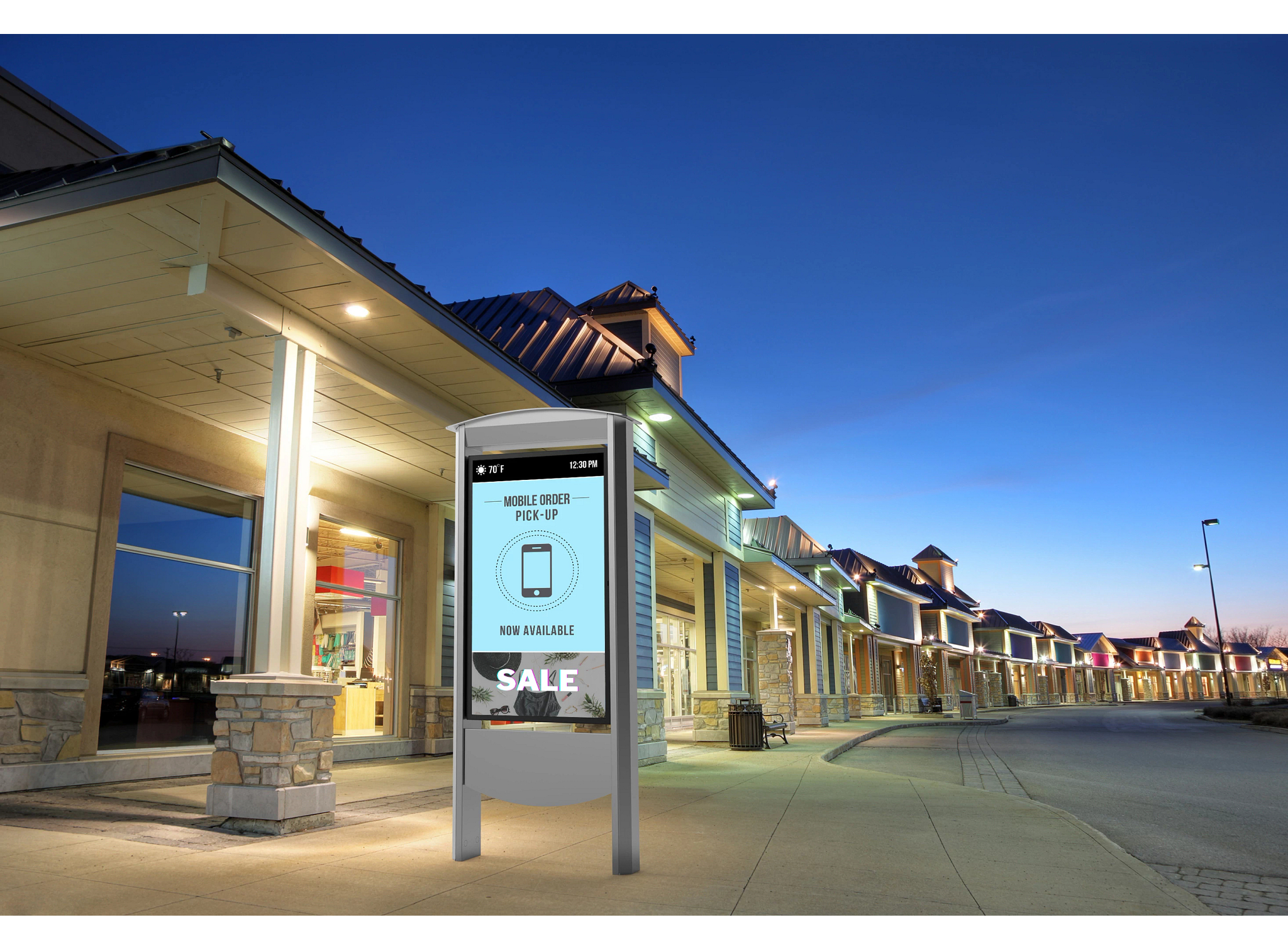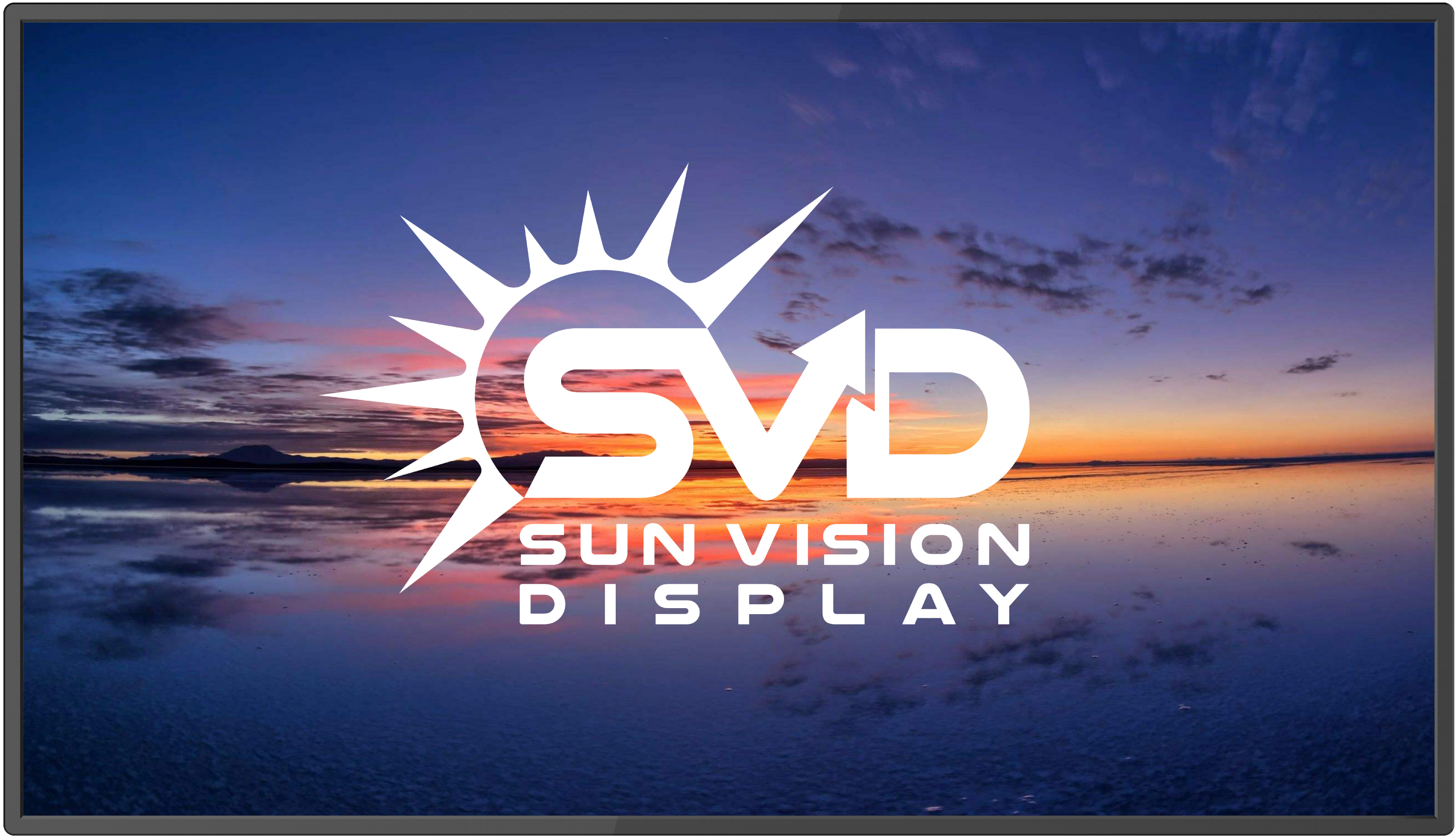With medical experts declaring group outdoor activities safer than indoor ones during the COVID-19 pandemic, many businesses are moving their operations outside. Be it a restaurant operating under outdoor-only dining regulations or a house of worship holding a service outside to allow for social distancing, these venues need a solid AV systems to make it all work.
Outdoor AV is experiencing huge growth, so what are the key factors and products integrators need to know about right now?
Growth Areas for Outdoor AV

With the COVID-19 pandemic persisting into a second year, the need for outdoor AV solutions continues. The most obvious outdoor applications are bars and restaurants.
“Outdoor patios for restaurant dining is seeing the most activity,” said Scott Normand, senior director at SnapAV. “Restaurant owners are working diligently to bring their dining experience outside in light of COVID-19. This includes outdoor-rated displays, speakers, and lighting systems.”

This growth has spilled into dining options in the hospitality industry. Megan Zeller, business development director at Peerless-AV, has seen an uptick in digital signage solutions in hotels, but particularly in the areas that include bars and cabanas.
The growth in various segments of the hospitality industry doesn’t just include AV designed to enhance the experience; it also includes outdoor AV designed to keep the operation moving. “In terms of restaurants, the quick-serve restaurants (QSRs) and fast casual market is growing at a rapid rate. With a lack of indoor dining, people are turning to drive-thrus and curbside pickup options, creating a higher demand for digital menu boards and digital signage solutions,” said Zeller.
David Sexauer, business development manager for outdoor signage at Sun Vision Display, has seen significant movement in the stadium segment, insisting that there is still a large demand in terms of public arenas. “While this does include some sporting events, it may not always be the stadium setting we are all familiar with. Outdoor concerts, public parks, and places like golf courses and ski resorts are showing potential to benefit from digital signage upgrades,” he said.

“Technologies such as LED video walls with 2mm to 5mm pixel pitch are pushing the combination of being both affordable and popular enough to justify the investment, though additional solutions are also being innovated that address known environmental challenges, namely bright ambient light and cost of high power consumption or full replacement,” Sexauer added. “Reflective LCD technology is emerging as one of those potential solutions, as there are companies like Sun Vision Display that bring the sunlight-readable and ultra-low power technology to large-format outdoor digital signage.”
On the flip side, Normand believes the stadium market has “slowed down,” as they’re seeing many projects put on hold.
Special Considerations for Outdoor Displays
We’ve all seen the neighborhood bar that bought several cheap TVs at Costco and hung them outside for patio season—and we all know those TVs weren’t meant for either commercial or outdoor use. But what do integrators and their clients need to know when choosing a true outdoor display?

“There are so many factors that come into play when installing outdoor displays, including where the display will be installed, what display is used, and whether the accompanying components are outdoor-rated,” said Zeller. She suggests researching screen placement (particularly whether or not the display will be in direct sunlight), considering whether the structure can support an outdoor display (outdoor displays tend to be much heavier than indoor), and looking into local ordinances that may require special permissions or certifications.
SnapAV’s Normand said understanding the environment is key for integrators when it comes to installing outdoor solutions. “This helps them to select the appropriate brightness, glare resistance, and ruggedness of the display—as well as the water and dust IP rating,” he said. “Not every outdoor system is a full-sun application, so the super-high brightness levels are not always needed. For example, in a nighttime dining experience, the brightness level needs to be customized for the application. Glare reduction coatings can also reduce the image clarity or be a necessary requirement for high-sun applications.”
[Reinventing and Reinvigorating Outdoor Signage in the World of COVID]
Zeller agreed, stating: “In addition to considering the display’s complete environment, one needs to ensure the display and components have a proper IP rating to withstand Mother Nature.”
Products receive an IP (ingress protection) rating, standardized by the IEC (International Electrotechnical Commission), which grades the resistance of an enclosure against the intrusion of dust or liquid. The first digit in the rating indicates protection against intrusion (tools, dust, etc.), while the second digit measures moisture protection (from droplets of water to submersion abilities). Peerless-AV’s line of Xtreme High Bright Outdoor Displays, for example, features an IP66 rating, which means the displays are fully sealed and protect against water, dust, moisture, and insects.

Lastly, it is important to consider the warranty for an outdoor display. “The warranty term is important, but [so is] the warranty repair process—does an outdoor display need to be removed and sent back for a warranty repair or can it be field-serviced?” questioned Normand. “Sunbrite has a two-year warranty with field service options, which sets it apart from other outdoor displays.”
Keeping Outdoor AV Secure
Outdoor AV faces different security concerns than a standard indoor installation. For example, most bars and restaurants close up shop and lock their doors at some point during the night, but outdoor installs are often left vulnerable on a patio. Normand suggests owners install a surveillance system—also available from SnapAV—to protect their AV investment, in addition to protecting them from litigation from accidents that may occur on their property.
Zeller agreed that a surveillance system should be part of a security plan, but she also suggested installing outdoor-rated security in the form of keyed locks or security hardware.
“Many display mounts include locking mechanisms, but these often are not used,” Normand pointed out. “Integrators should have a process for using the padlocks and managing the keys for the customer.”
In addition to physical security, integrators should consider the material of the outdoor display. Will it withstand a drink being thrown at it in a bar? Can it survive being hit by a foul ball in a baseball stadium? To keep assets safe, Sexauer suggested using a cover lens to add strength and durability to the display. “We recommend 6mm thermally tempered glass. If you hit that straight on, you’d likely break your hand before you broke that glass,” he said.
Additionally, “There are products like vandal films and even coatings that prevent graffiti from adhering to the displays. These can act as deterrents and sometimes as a sacrificial component that is easier and cheaper to replace than the entire unit.”
Final Thoughts
As outdoor AV installations surge in popularity, don’t forget the basics like maintenance and monitoring.

“Remote management is becoming an important factor for all integrators,” said Normand. “Our Sunbrite units have OvrC management built in on some models, which is key to knowing when there is an issue at a customer’s location and alerting us so we can take a proactive management approach to ensure the customer has more uptime.”
To keep the uptime high, outdoor AV also needs regular maintenance and check-ins. “Monthly or quarterly maintenance schedules are needed for outdoor displays, to check on cables or possible vandalism, and sometimes to remove spider webs,” concluded Zeller.
Click here to read more stories from the April 2021 issue of SCN.
